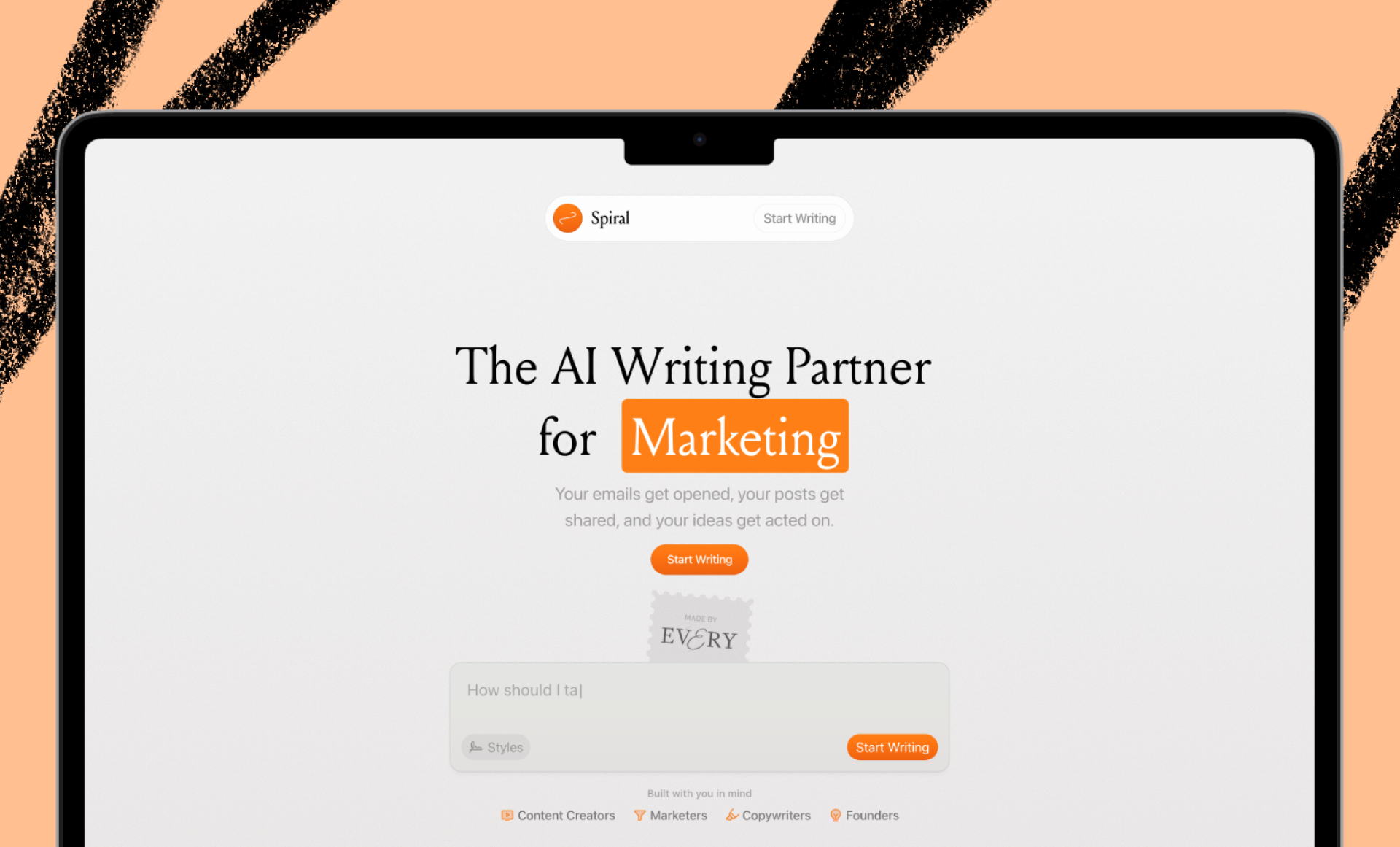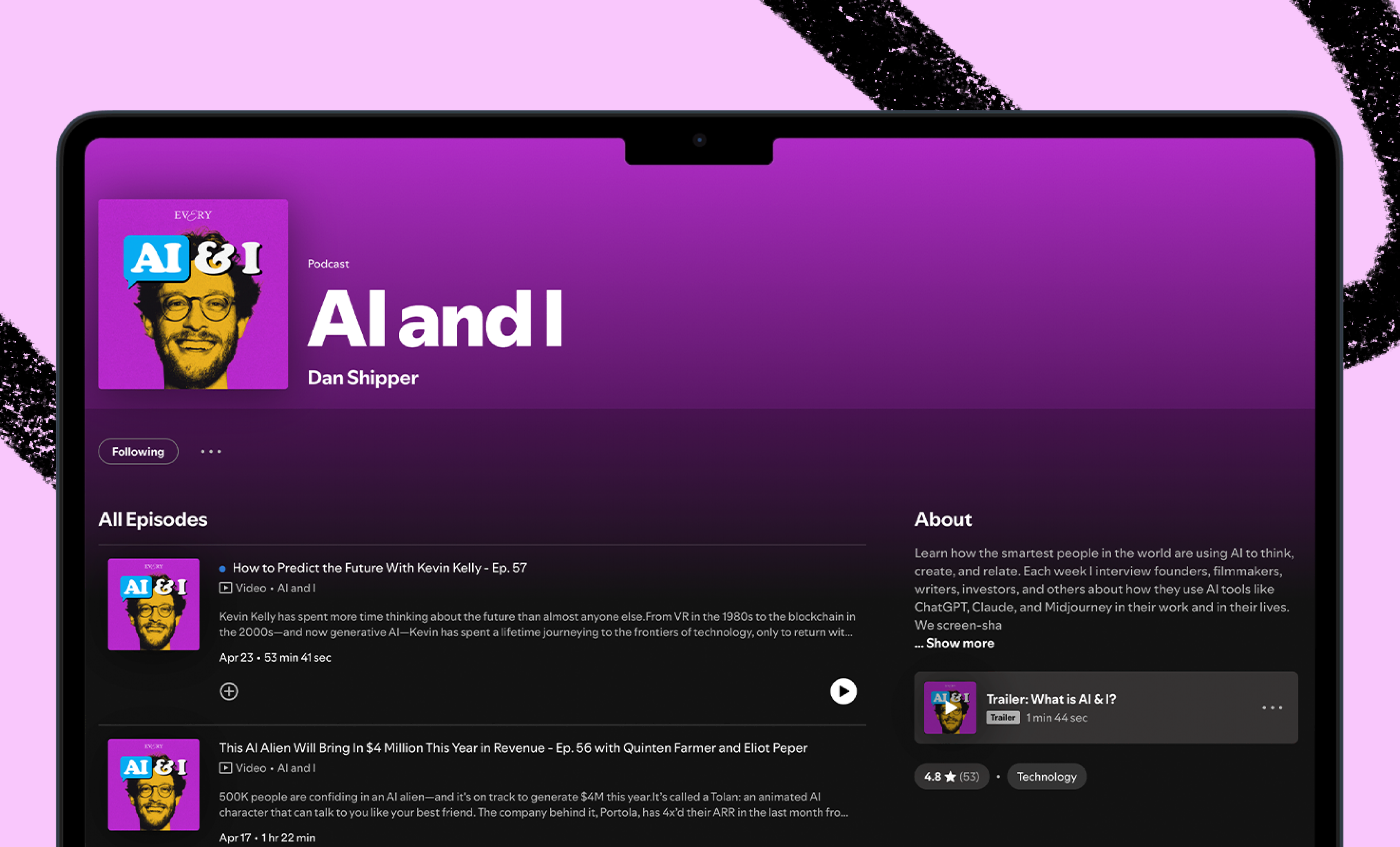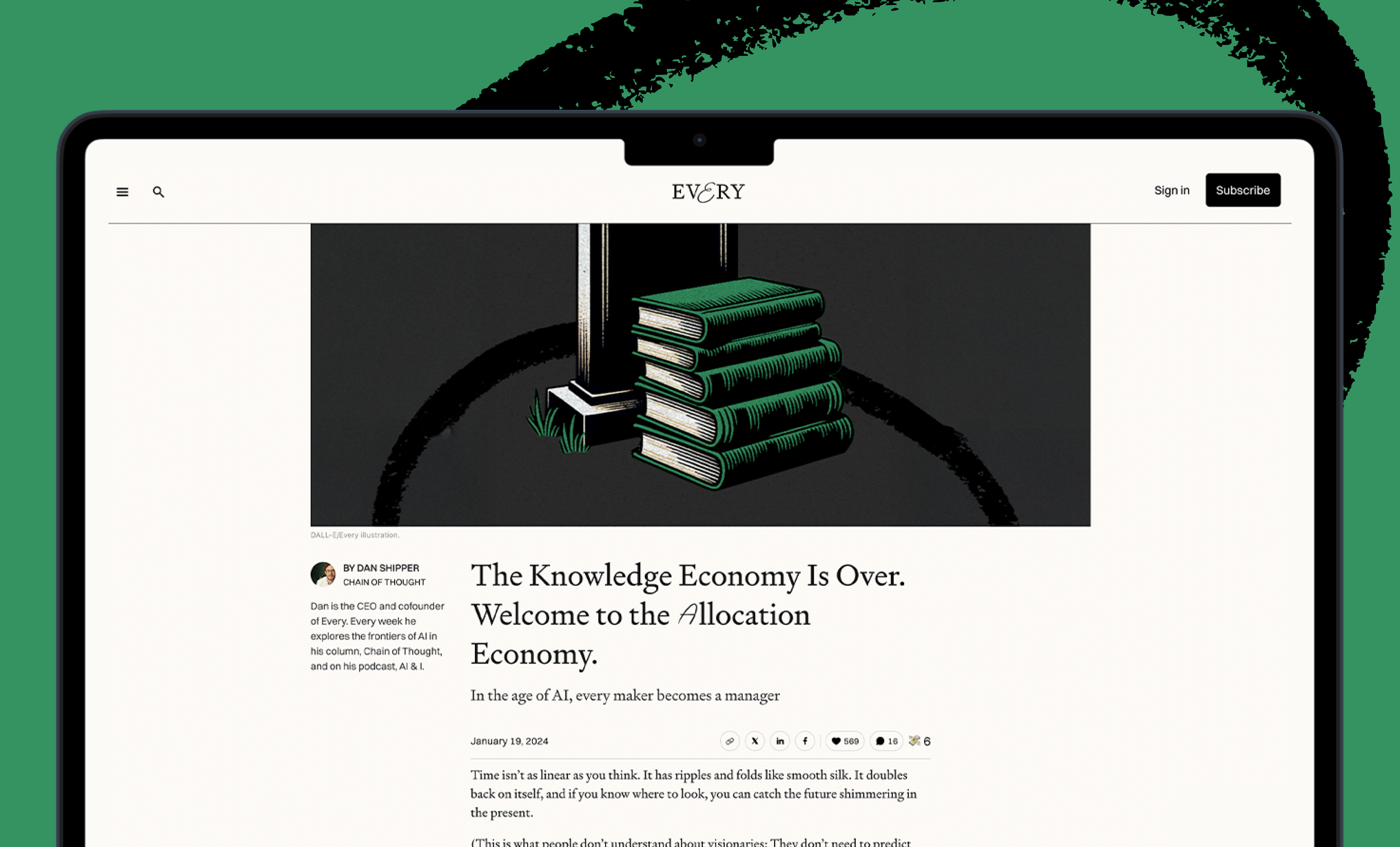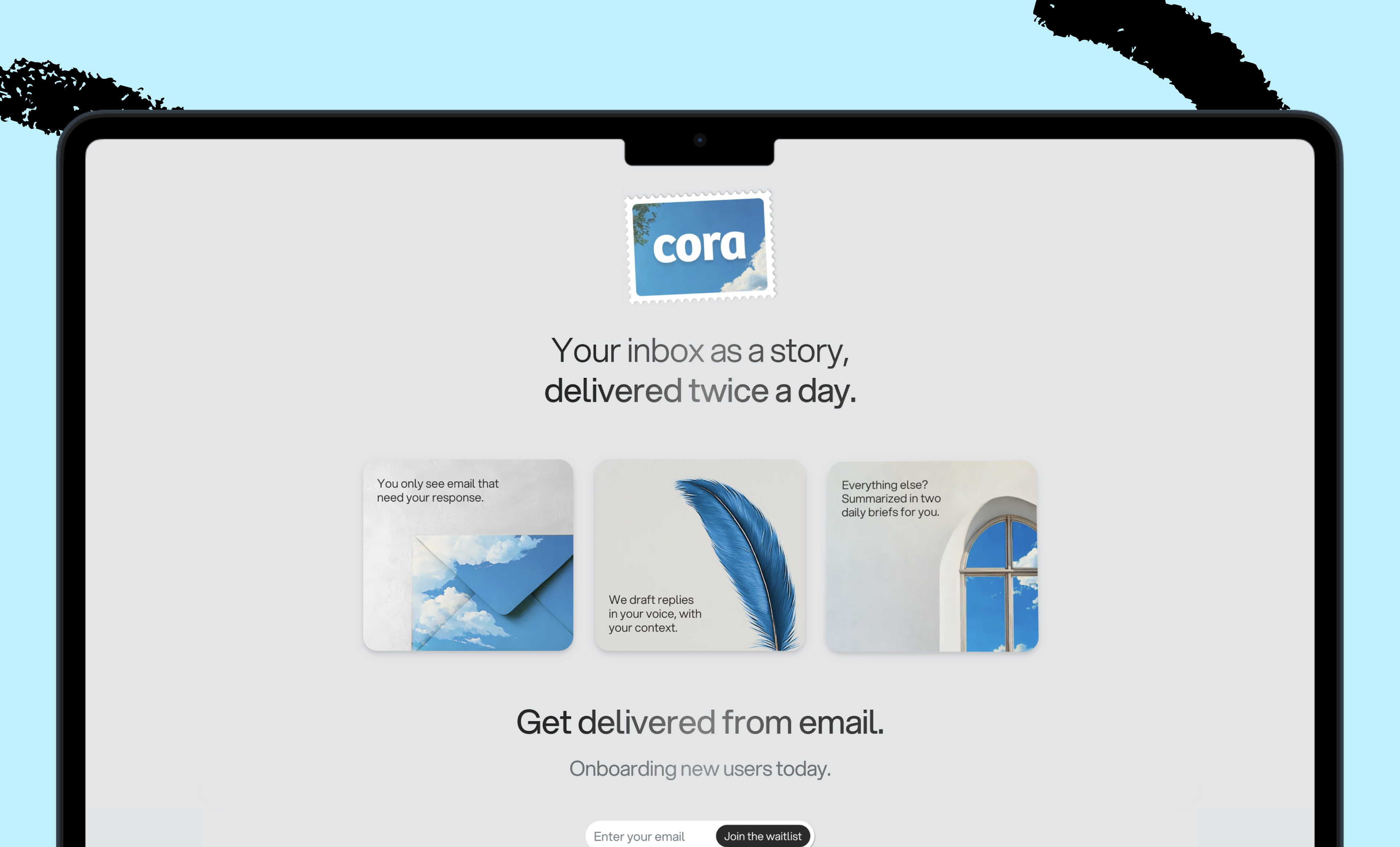
There wasn’t some big lightbulb moment. And there was never a dramatic boardroom meeting where the future was determined ahead of time. Instead, Overstock’s strategy emerged gradually.
When Geoff Atkinson originally joined Overstock in 2005, they were a broad discount retailer that would sell you anything. By the time he left in 2011, they were squarely focused on Home & Garden.
The reason behind this shift is a fascinating case study in how seemingly small details can have a huge impact: Overstock is a public company worth hundreds of millions of dollars, but their entire strategy turned on a discovery that SEO competition was a little weaker in Home & Garden than other categories.
Geoff Atkinson played a pivotal role in this story. As the SVP of Marketing, he worked with each corporate function to shape Overstock’s strategy through this critical phase of the business.
Today, he shares with us what he learned through it all, and what he’s up to now.
Early Overstock
Overstock was one of the first big eCommerce players. We sold everything you could imagine, from DVD players to wine glasses.
It started right after the dot com bubble burst. Basically, we would buy inventory from all of the online retailers that were going bust — like Pets.com — and then sell it for cheap online.
It was a bunch of wheelers and dealers back then. You’d get a fax and then meet a guy who knew a guy who had a bunch of flat screen TVs. God knows where they came from. We would just back the truck up with a checkbook and buy the whole warehouse for $50k without even categorizing the goods.
The company was all about buying cheap inventory, getting it online, and giving people deals. Customers used to come to Overstock.com for the hunt of trying to find a really good deal, similar to a TJ Maxx.
Initial growth: TV marketing
At the beginning, our main customer acquisition channel was TV advertising. We used to have these commercials that were almost scandalous where a woman would talk about Overstock.com in a sultry way.
We ran that TV spot for three months and our brand recognition went through the roof. The amount of people that were searching for Overstock really took off, and it made me appreciate the power of television.
But it was still an expensive way to acquire customers. And more importantly, hard to optimize because there isn’t much data for TV advertising. You never know exactly what’s working or why.
Channel shift
I remember the day I heard the term SEO.
I had a phone call with a search expert, and he explained to me how it all worked:
Google has to index an enormous number of websites to produce the top result for a users’ search. The ranking for the websites takes into account a bunch of things: key terms, site authority, and several other factors. By optimizing your website to let Google understand it better, it gets ranked higher.
I was just like, “Wow. You can just make technical changes to your site so that Google can understand it, and then you get all of this free traffic? That sounds too good to be true.” But as he walked me through it more I started to understand why.
The Only Subscription
You Need to
Stay at the
Edge of AI
The essential toolkit for those shaping the future
"This might be the best value you
can get from an AI subscription."
- Jay S.
Join 100,000+ leaders, builders, and innovators

Email address
Already have an account? Sign in
What is included in a subscription?
Daily insights from AI pioneers + early access to powerful AI tools








Comments
Don't have an account? Sign up!